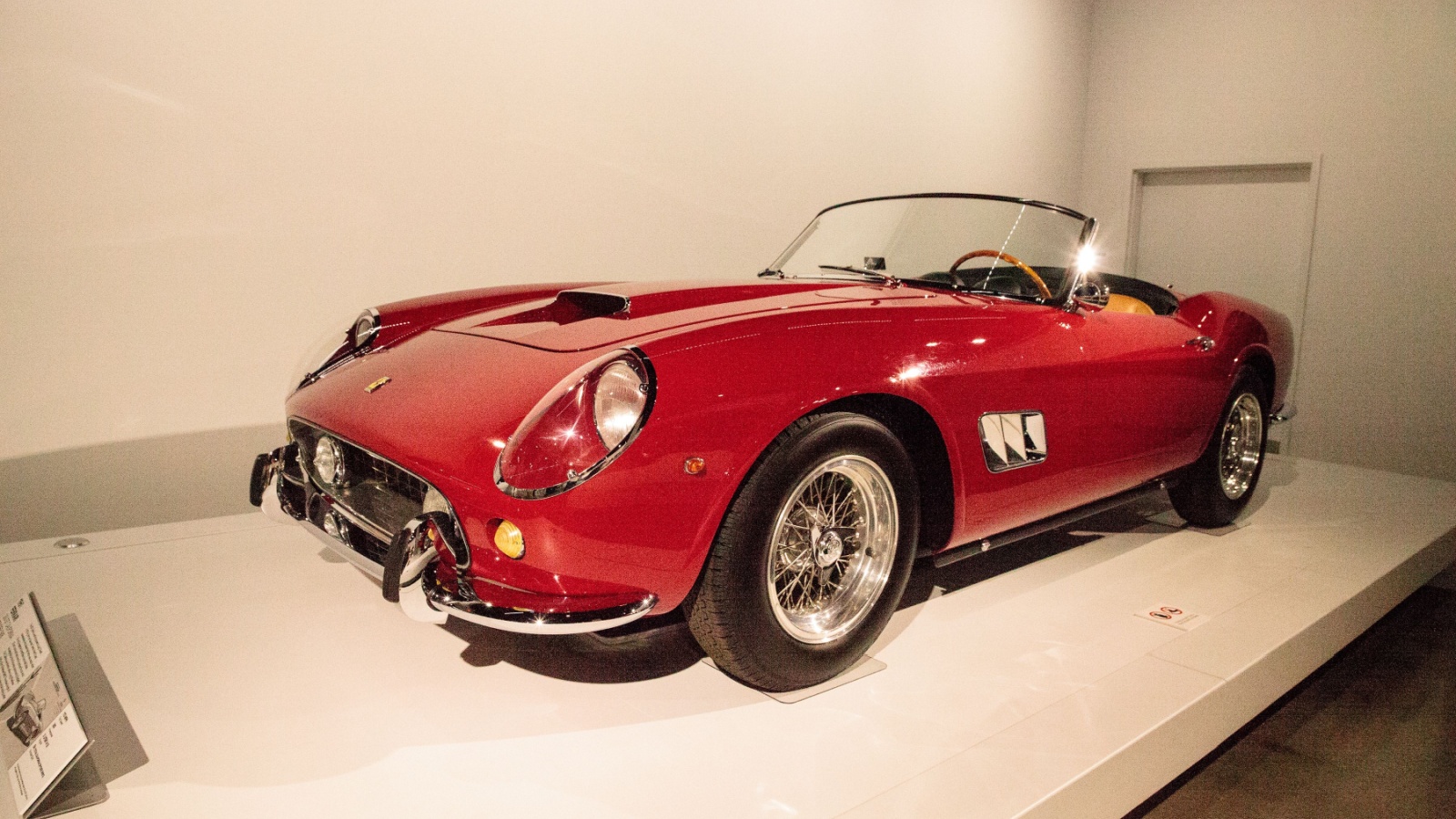
Ferrari 250 GTO – The Ultimate V12 Icon of Racing Heritage
Built between 1962 and 1964, the Ferrari 250 GTO is arguably the most legendary classic car ever made. Only 36 units were produced, making it one of the rarest Ferraris in history. Its 3.0-liter Colombo V12 engine, derived from Ferrari’s racing program, produced 296 horsepower, a staggering figure for the time.
What sets the 250 GTO apart is not just its performance, but its racing success. It won numerous GT championships and was purpose-built to meet FIA homologation requirements. Today, the 250 GTO commands auction prices exceeding $70 million, a testament to its timeless appeal and value.
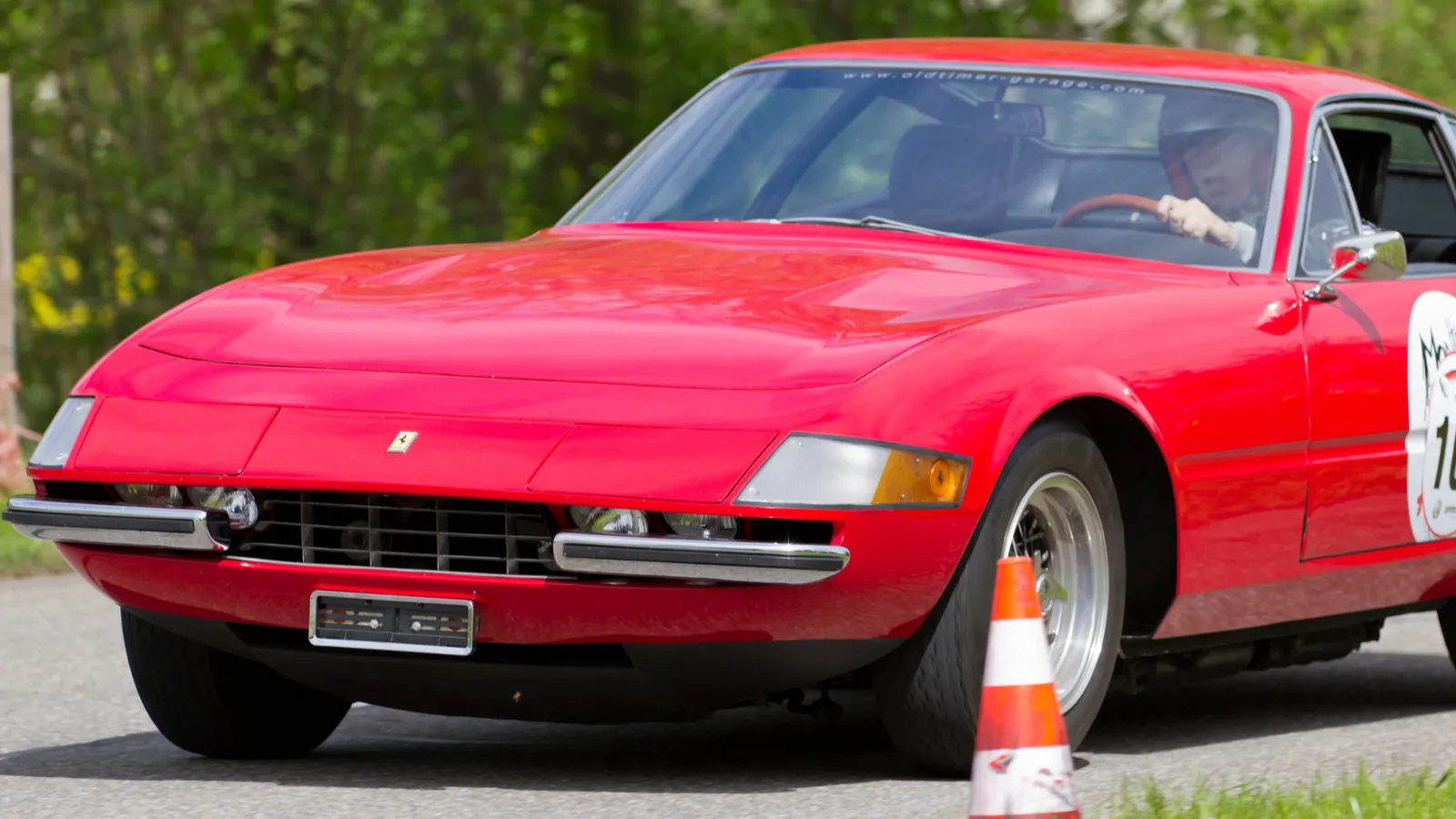
The Ferrari Daytona redefined what a front-engine grand touring car could achieve
Launched in 1968, the 365 GTB/4, famously nicknamed “Daytona” after Ferrari’s success at the 24 Hours of Daytona, was a sharp departure from Ferrari’s mid-engine trend. Its 4.4-liter V12 produced 352 horsepower, propelling the car to 174 mph, making it one of the fastest GTs of its era.
The long nose and aggressive proportions weren’t just for aesthetics; they housed a chassis and powertrain optimized for high-speed comfort. The Daytona’s elegant yet imposing presence bridged classic Ferrari styling and modern performance.
Favored by collectors and purists alike, the Daytona remains a symbol of V12 sophistication and grand touring prestige.
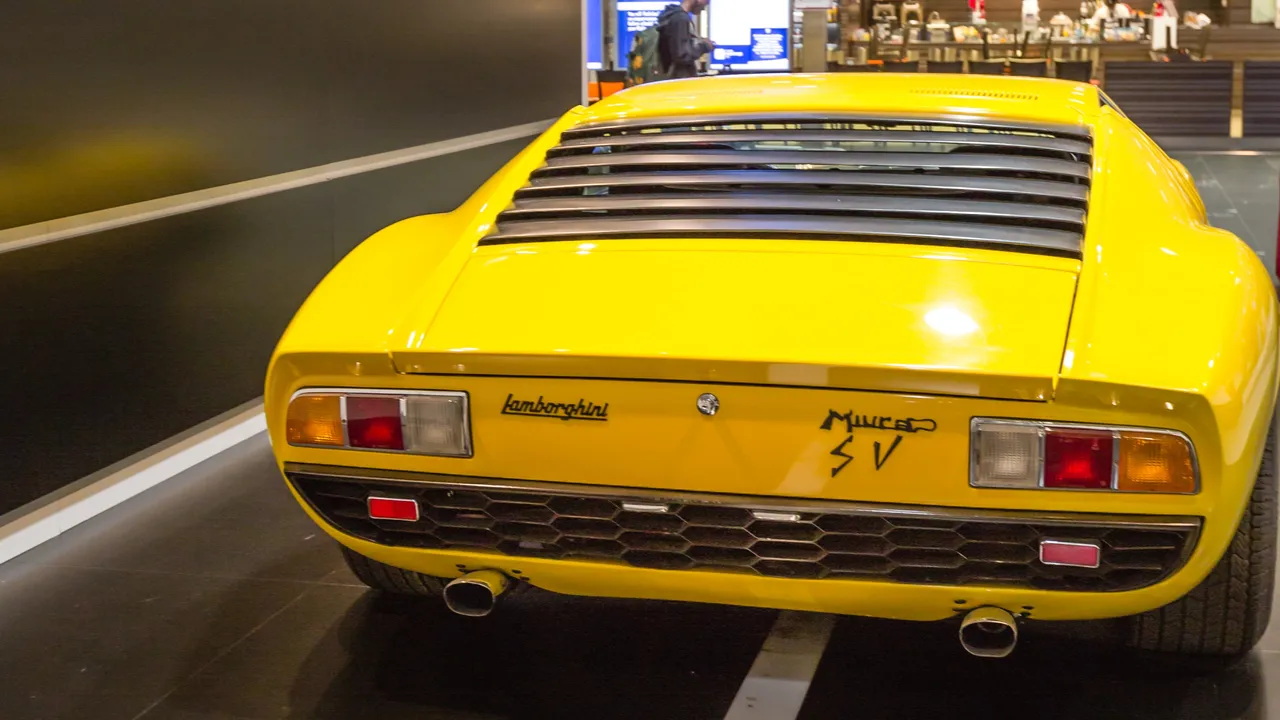
Lamborghini Miura changed the automotive landscape with a radical new approach
When the Miura debuted in 1966, it stunned the automotive world by placing a 3.9-liter V12 transversely behind the driver, a layout unheard of for road cars. The engine produced 350+ horsepower and propelled the Miura to a top speed of 170 mph, making it the fastest production car of its day.
The Miura wasn’t just revolutionary mechanically; it was a visual masterpiece, penned by Marcello Gandini at Bertone. Its sweeping curves, low stance, and exotic proportions set the standard for all future supercars. Often credited as the first true supercar, the Miura’s influence is still in mid-engine exotics today. It’s not just a car—it’s a piece of automotive art.
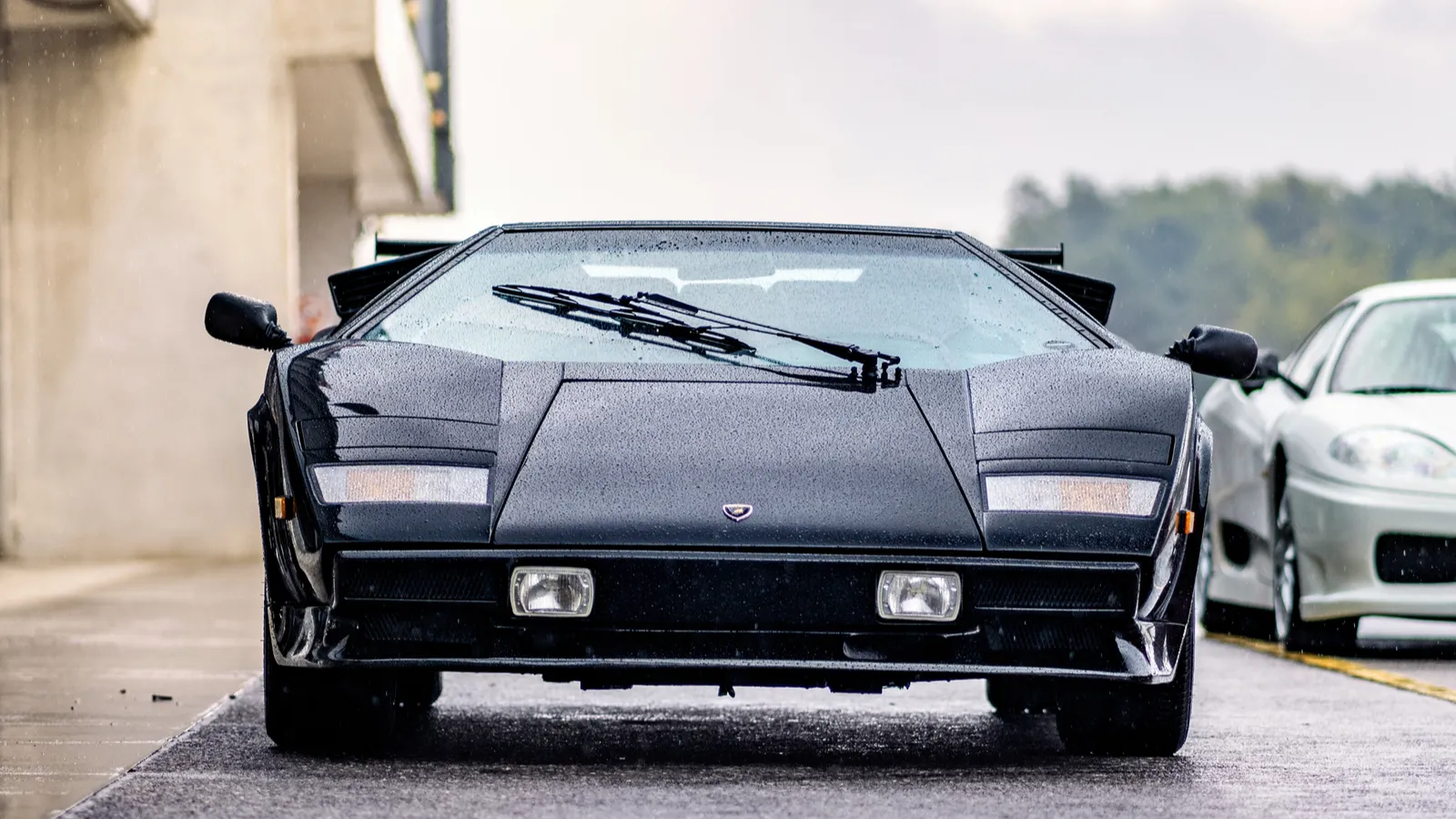
The Countach redefined what it meant to be a supercar in form and performance
Launched in the early 1970s, the Countach was bold, loud, and visually outrageous. It sported a rear-mounted V12 engine, ranging from 3.9 to 5.2 liters, with horsepower peaking at over 450 in the LP5000 QV and 25th Anniversary editions.
Its most iconic feature? Scissor doors, which became a Lamborghini signature. The angular, wedge-like design looked like nothing else on the road or in your childhood bedroom poster. Difficult to drive? Sure. But the Countach wasn’t about ease; it was about drama. It became the definitive supercar of the 1970s and ’80s, influencing the industry’s design language.
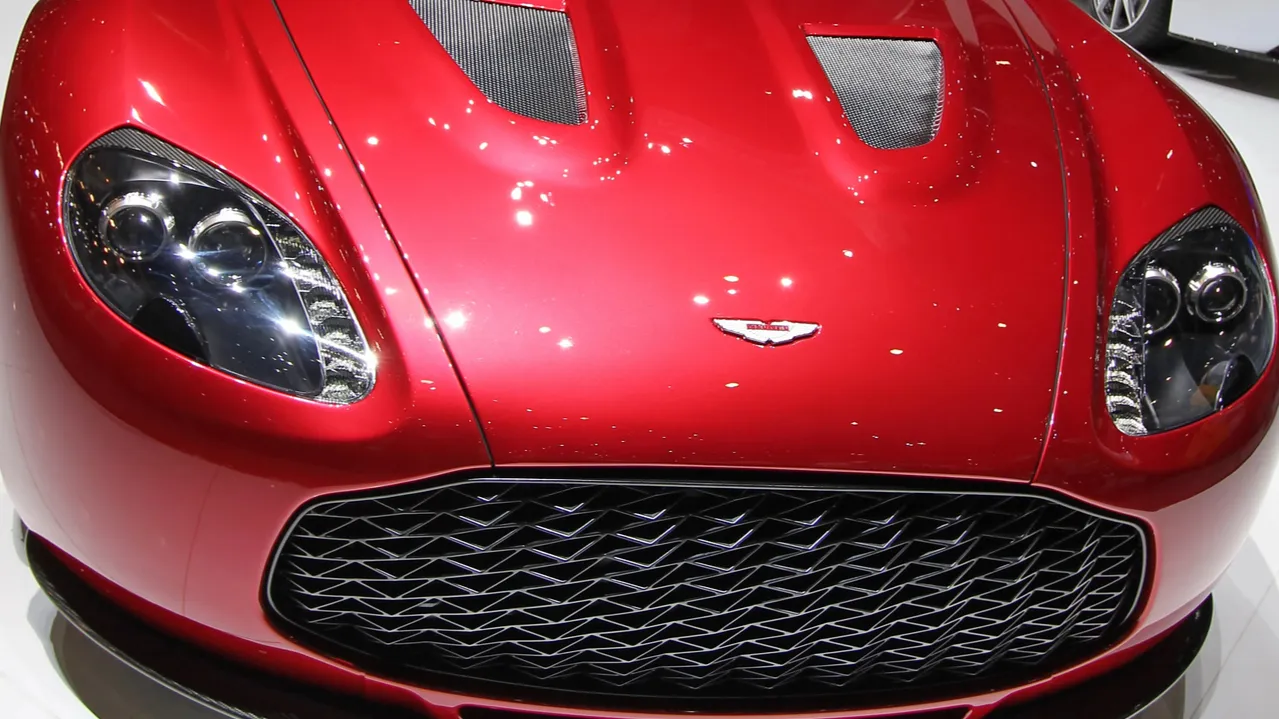
An ultra-rare blend of power and style, the V12 Zagato embodied coachbuilt craftsmanship
Built in 2011 to celebrate Aston Martin’s partnership with Zagato, only 99 units of this special edition were produced. It featured a 6.0-liter V12 pushing 510 horsepower, a top speed of 190 mph, and a body sculpted from hand-formed aluminum and carbon fiber.
Its standout design elements, double-bubble roof, prominent grille, and flowing haunches make it unmistakable. The V12 Zagato isn’t just a car; it’s a moving sculpture built for those who crave exclusivity, elegance, and speed in equal measure.
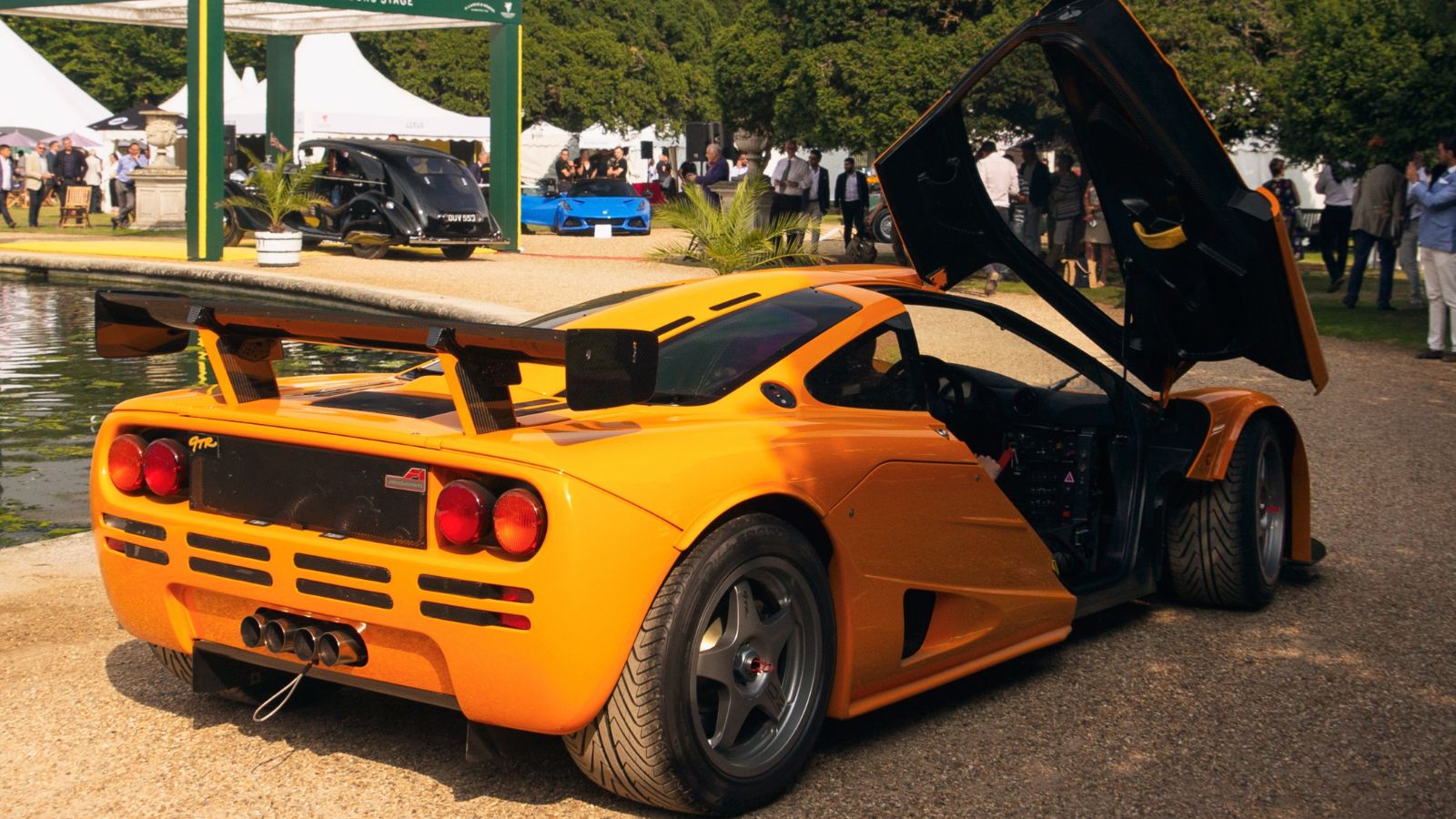
The McLaren F1 wasn’t just fast, it rewrote the rulebook
Unveiled in 1992, the F1 featured a 6.1-liter V12 built by BMW’s M Division, producing 618 horsepower. The car used exotic materials like carbon fiber, magnesium, and gold foil to insulate the engine bay.
Its most unique feature? A central driving position, flanked by two passenger seats, enhances driver connection. With a top speed of 240.1 mph, it was the fastest production car in the world for more than a decade, and it achieved that without forced induction.
Today, it remains a crown jewel in the collector world, revered for its purity, innovation, and driver-first focus.
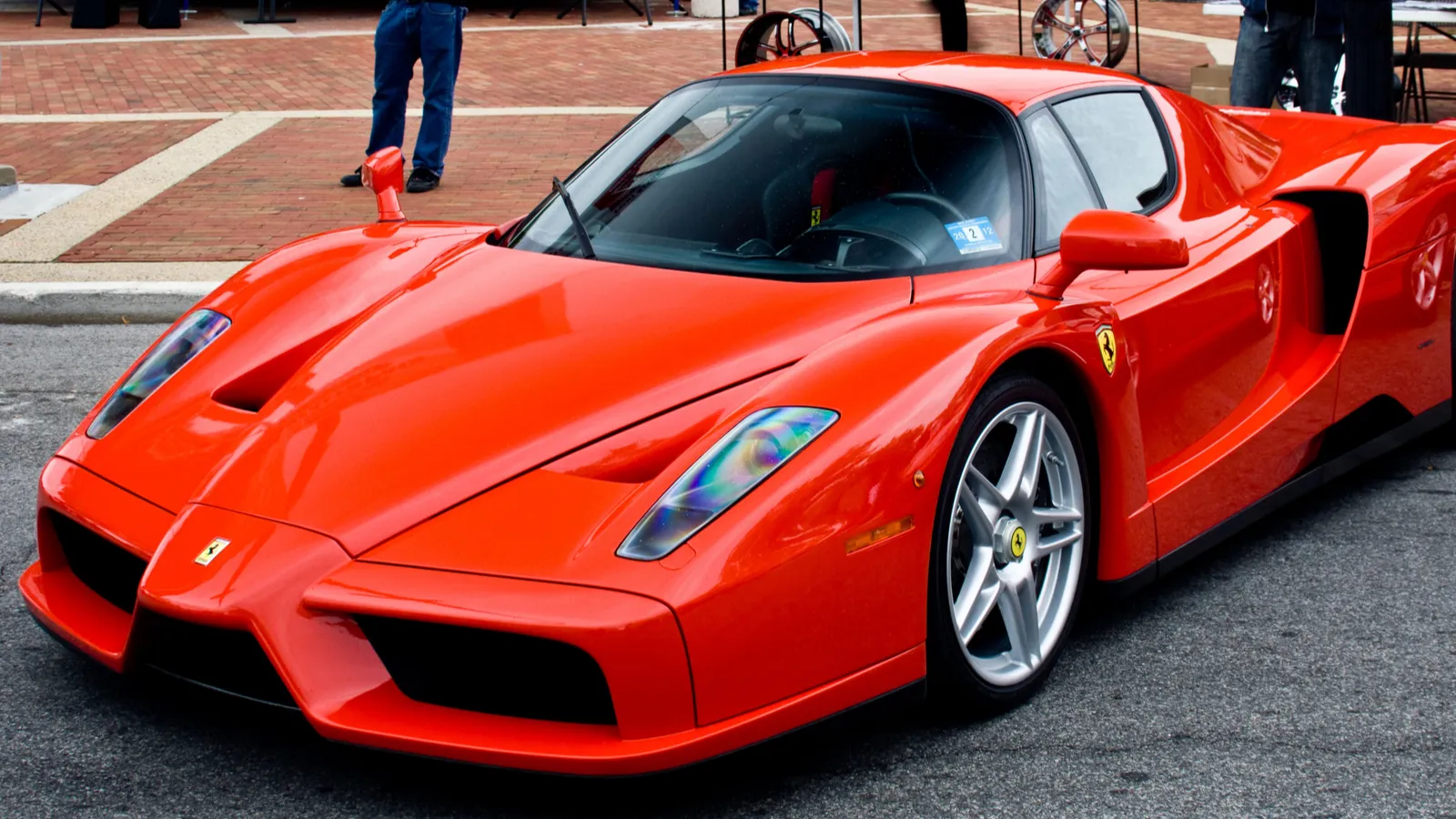
Named after the founder himself, the Enzo is Ferrari distilled
Released in 2002, the Enzo Ferrari was inspired by Ferrari’s F1 technology. A 6.0-liter V12 produced 651 horsepower, paired with carbon-fiber construction, active aerodynamics, and an F1-style paddle-shift gearbox.
With a 0–60 mph time under 3.5 seconds and a top speed of 217 mph, it wasn’t just about speed; it was a complete sensory overload. Loud, unapologetic, and brutally focused, the Enzo stands as one of the purest hypercars of the 2000s.
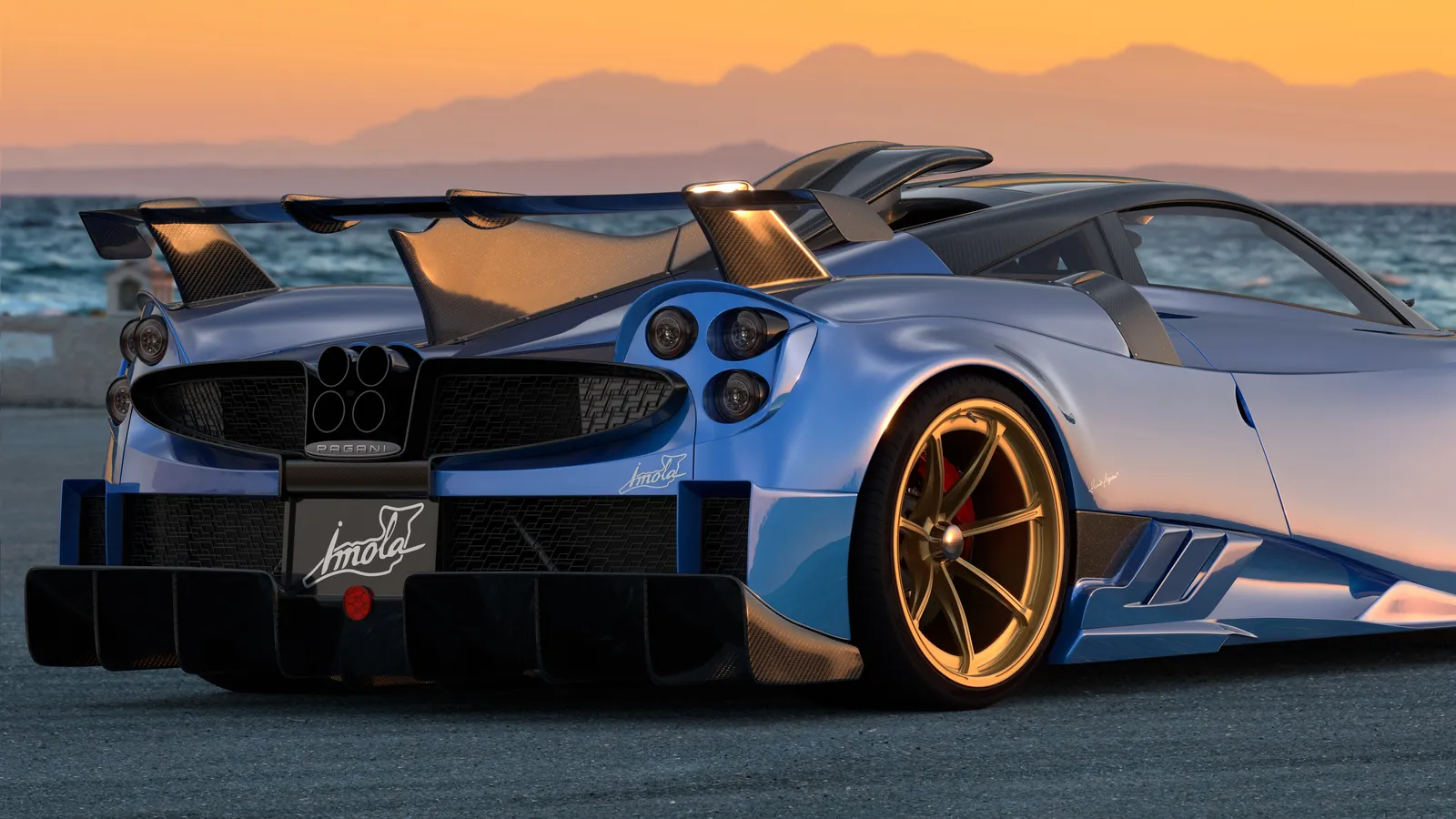
The Zonda wasn’t just engineered—it was crafted
From its 1999 debut, the Pagani Zonda challenged the status quo with its mix of performance and obsession with detail. At the heart of every Zonda beats a Mercedes-AMG 7.3-liter V12, tuned for up to 750 horsepower in later models.
But power wasn’t everything. Each car features titanium bolts, carbon-fiber monocoques, and cabin aesthetics inspired by haute horology. The Zonda’s shrieking exhaust note is legendary, and its hand-built nature makes every unit a piece of functional art.
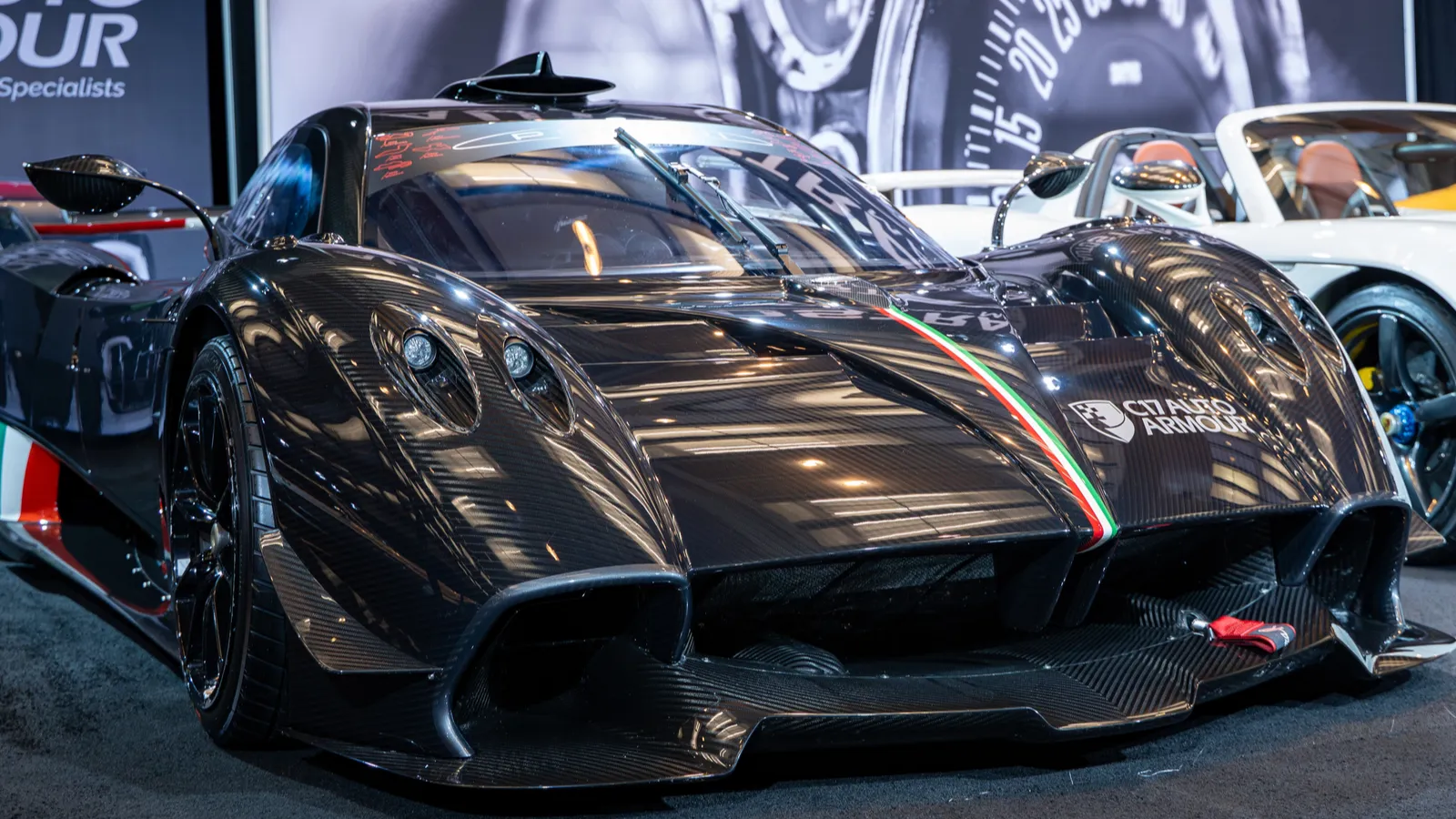
The Huayra elevated Pagani’s vision into a new era of design and performance
Replacing the Zonda in 2011, the Huayra is powered by a 6.0-liter twin-turbo V12 from AMG, producing 730–791 hp depending on the variant. It introduced active aerodynamics to enhance high-speed stability and reduce drag.
Named after the Andean god of wind, it features a cabin with exposed gear linkages, luxurious leather, and aerospace-grade switches. The Huayra combines mechanical rawness with futuristic tech, embodying the soul of a modern hypercar.
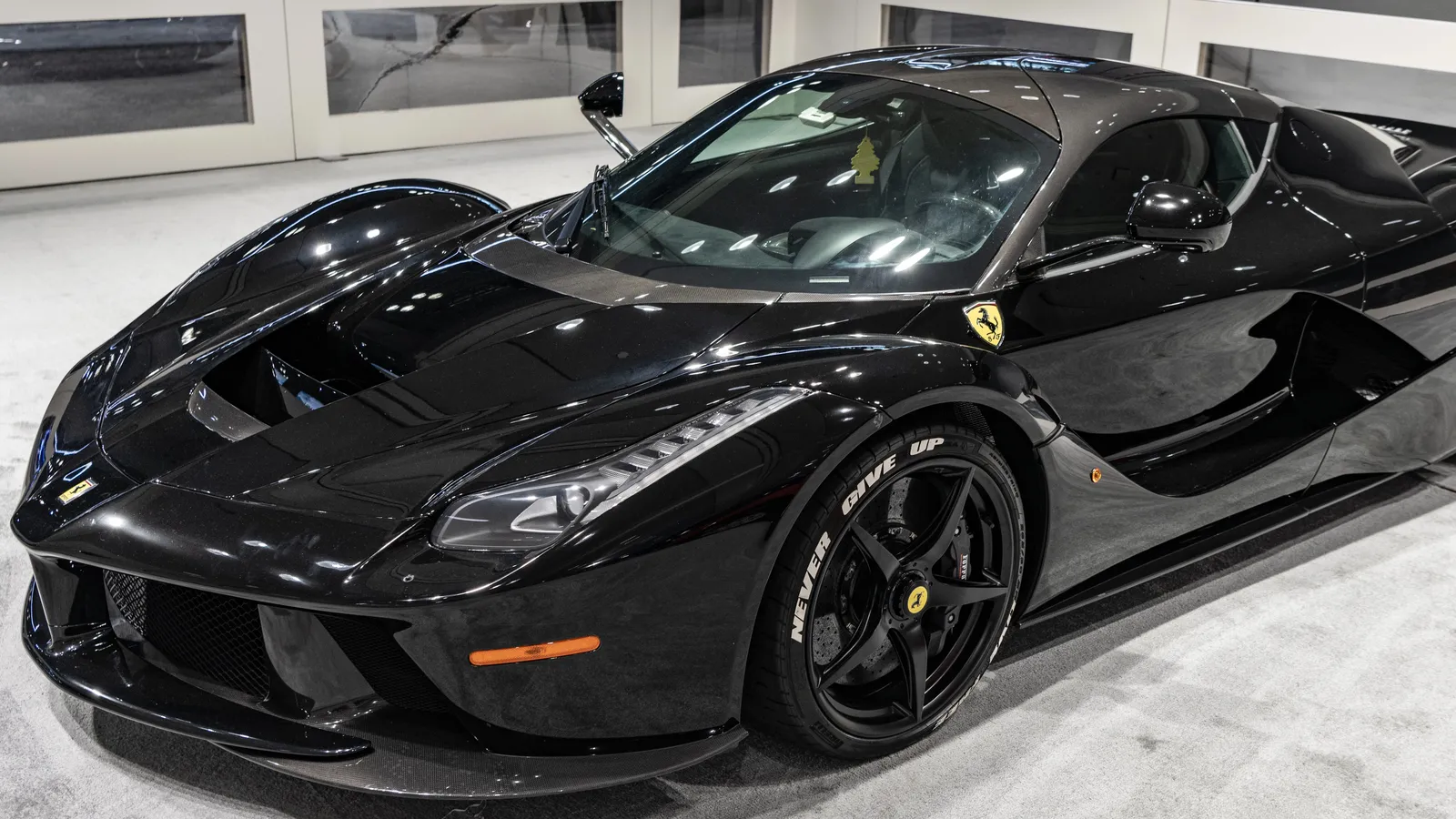
Ferrari LaFerrari – Electrified, Yet Ferociously V12
LaFerrari proved hybrid power could still thrill the senses.
Built between 2013 and 2016, LaFerrari combined a 6.3-liter naturally aspirated V12 with an electric motor, creating a hybrid output of 950 horsepower. Unlike traditional hybrids, its electric system added power, not fuel economy, achieving a 0–60 mph time of 2.6 seconds and a top speed over 217 mph.
Limited to 499 coupes (plus 210 Aperta variants), LaFerrari cemented Ferrari’s place in the hypercar hybrid trifecta alongside the McLaren P1 and Porsche 918 Spyder. It remains a benchmark in both innovation and pure V12 emotion.
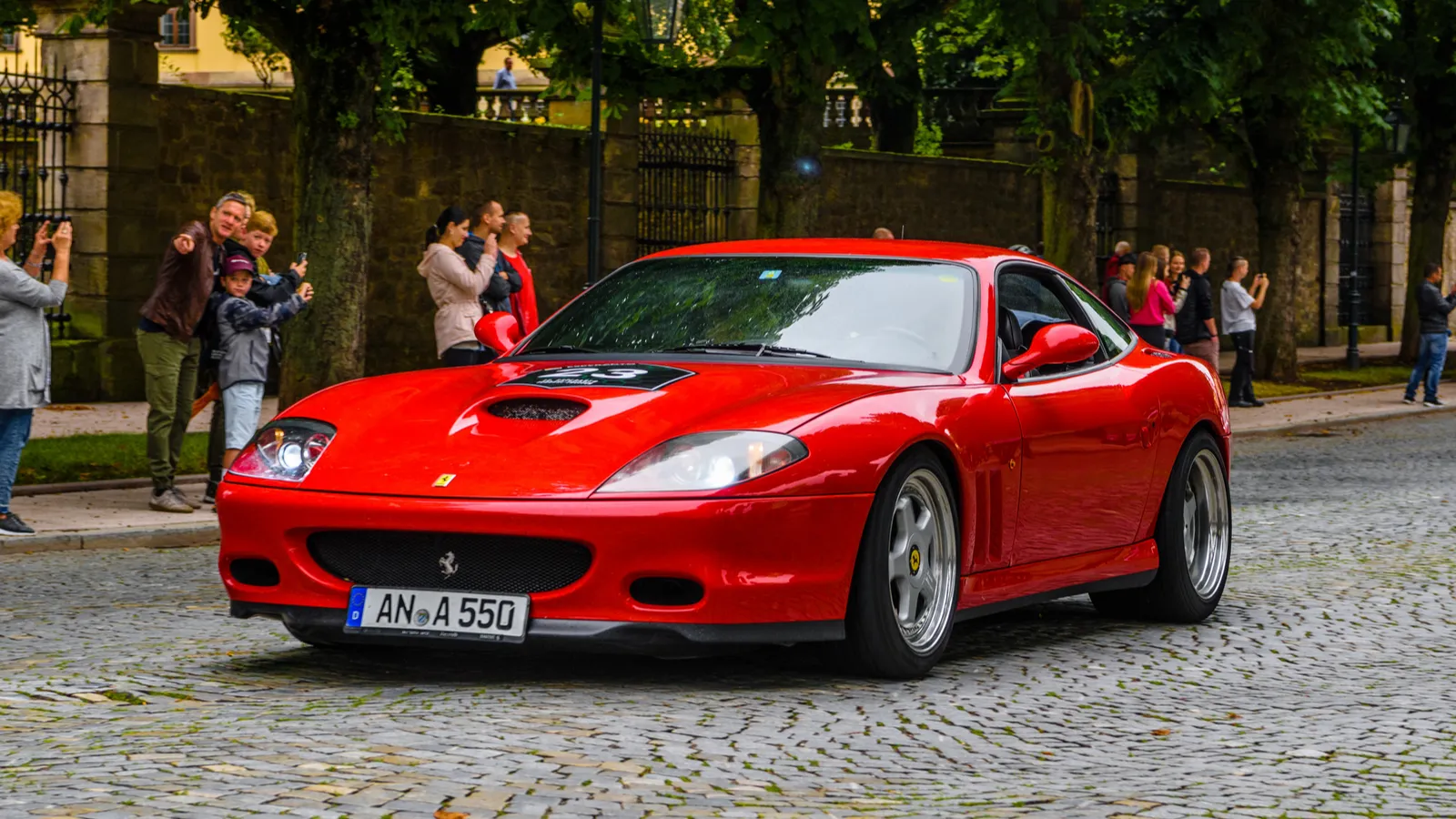
The 550 Maranello revived a classic Ferrari formula with grace and power
Introduced in 1996, this front-engine GT featured a 5.5-liter V12 producing 485 hp, paired with a six-speed gated manual that delighted purists. It hit 199 mph while offering the comfort and space of a grand tourer.
The 550 proved that Ferrari hadn’t abandoned its roots. While mid-engine exotics ruled the decade, this V12 coupe delivered refinement, practicality, and breathtaking performance, all wrapped in elegant Pininfarina design.
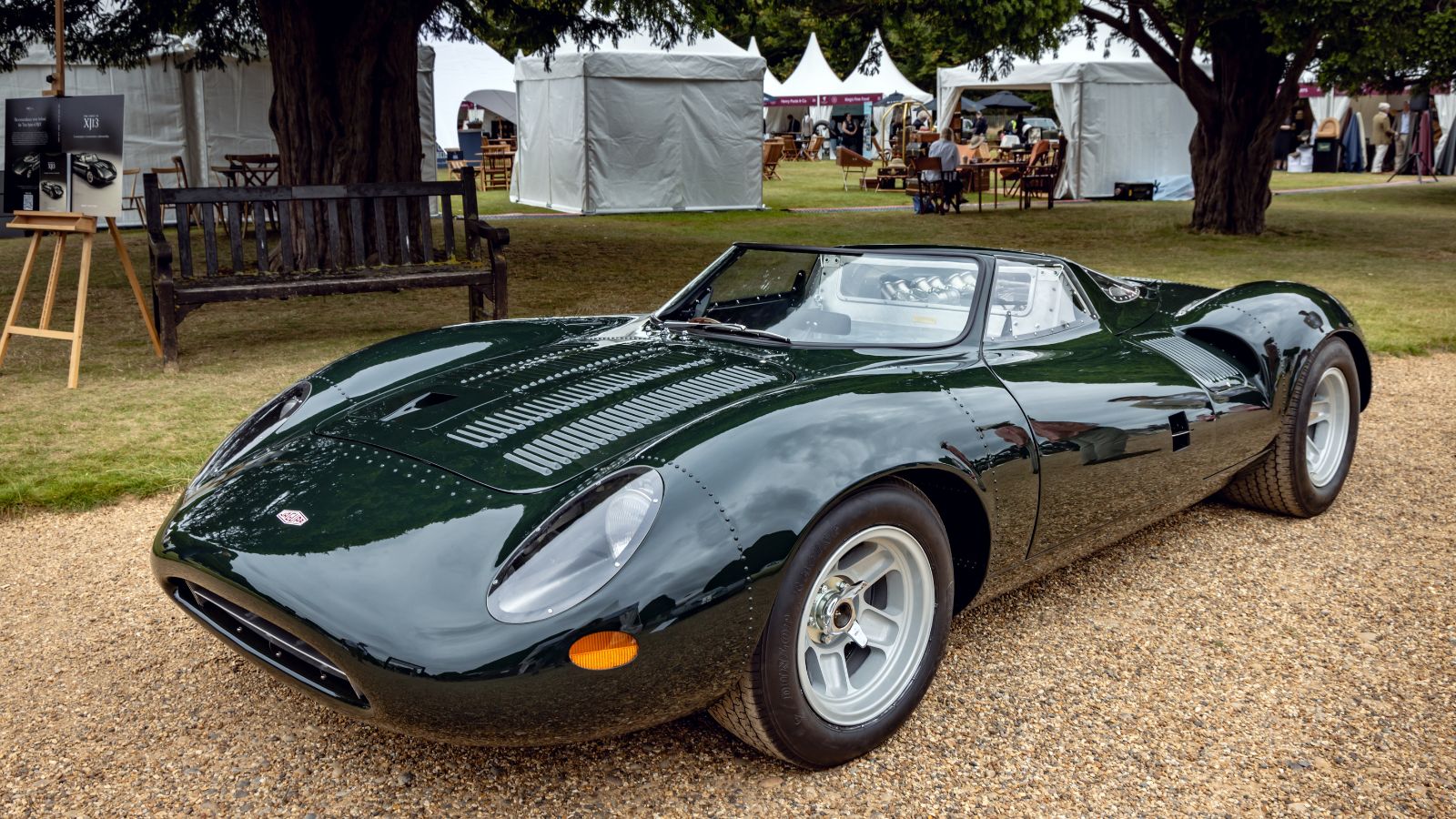
A V12 prototype that whispered what could have been
The Jaguar XJ13 was developed in the mid-1960s as a mid-engine Le Mans contender. Its 5.0-liter V12 produced over 500 horsepower, and the car achieved speeds of 161 mph in testing. However, it never raced due to changes in regulations and internal priorities.
Only one XJ13 was built. It was meticulously rebuilt after a high-speed crash in 1971 and remains a treasured exhibit. Though never a competitor on the track, it is a rolling reminder of Jaguar’s racing ambition.

Cadillac V-12 – America’s Answer to European Luxury
In the pre-war era, Cadillac’s V12 defined elite American luxury.
Produced from 1931 to 1937, Cadillac’s V12-powered models showcased advanced engineering and stately design. The 368 cu-in (6.0-liter) engine generated up to 150 horsepower, delivering smooth, quiet cruising in massive, ornate sedans.
These vehicles competed directly with Rolls-Royce and Packard, offering bespoke luxury to industrial magnates and film stars. Though overshadowed post-war, Cadillac’s V12 legacy represents a golden era of American elegance and innovation.
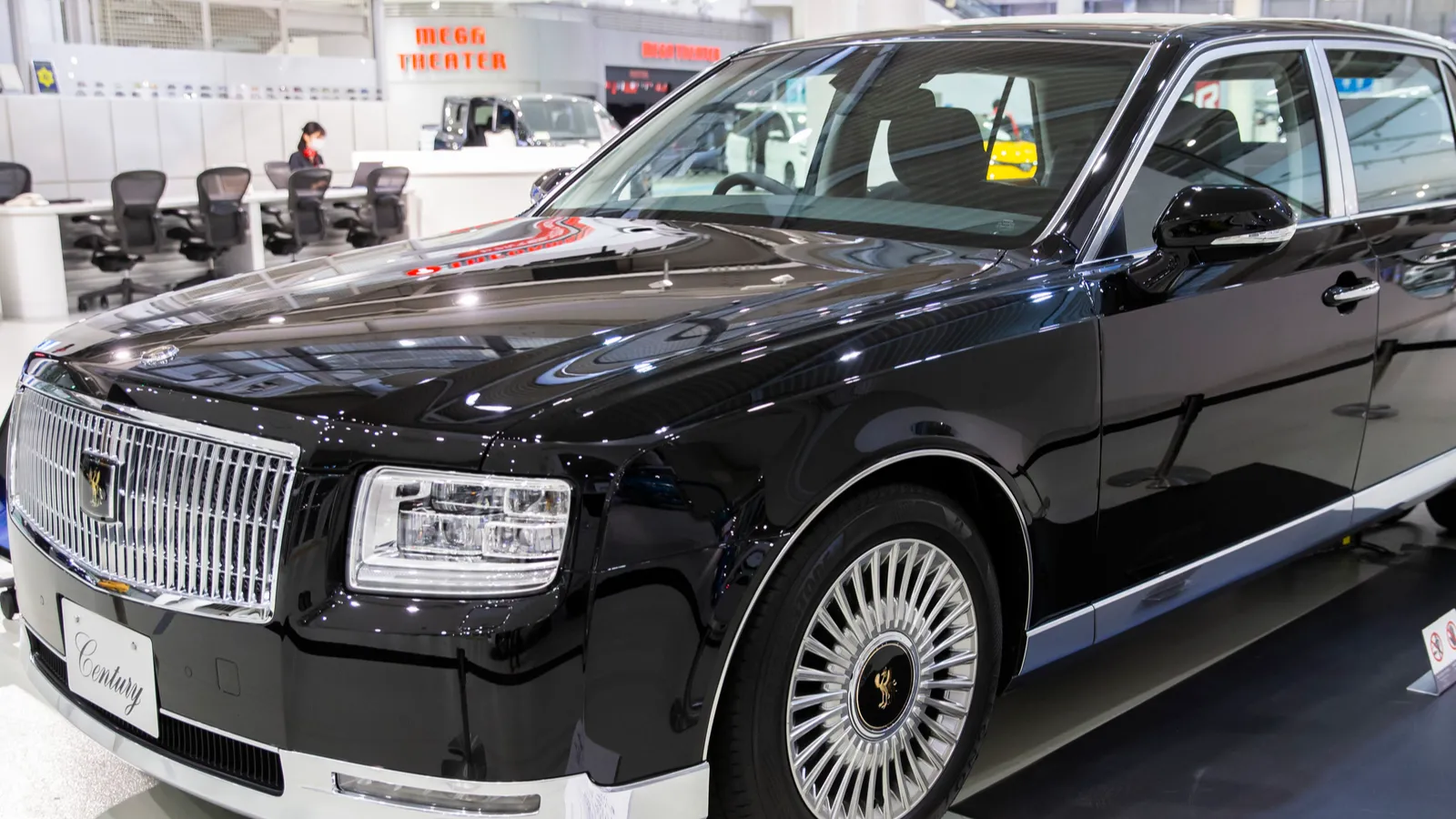
Toyota Century V12 – Japan’s Quiet Powerhouse
The Toyota Century blended imperial serenity with a hidden V12 heart.
From 1997 to 2016, the second-generation Toyota Century was powered by Japan’s only production V12: a 5.0-liter unit (1GZ-FE) producing 276 horsepower, but governed for smoothness over raw output.
Built entirely by hand and reserved for Japan’s elite, the Century was the official car for emperors, prime ministers, and CEOs. Despite its discreet presence, it symbolized ultimate Japanese craftsmanship, precision, and power without flash.
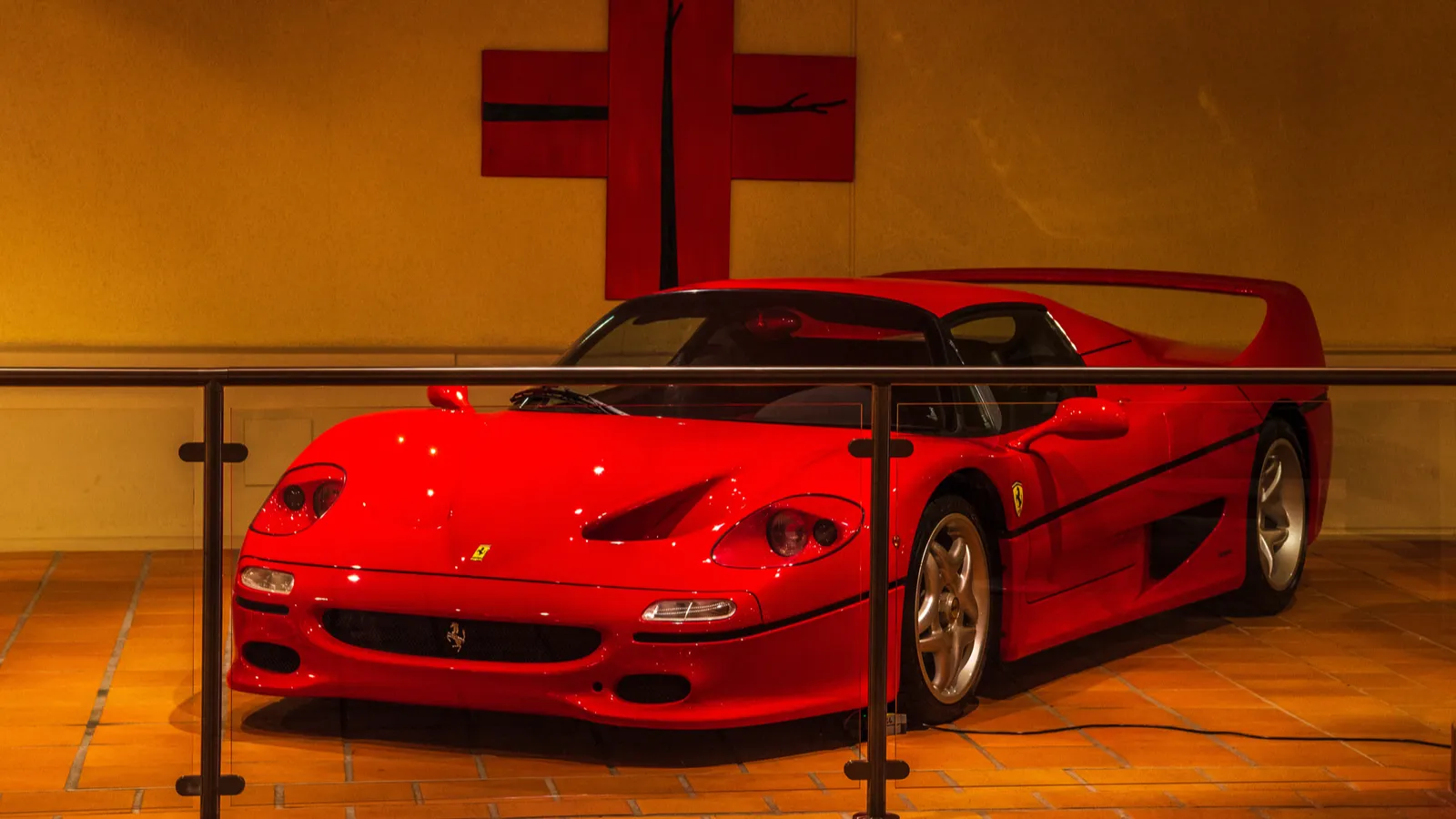
Raw and unfiltered, the F50 connected drivers to the Formula One experience
Unveiled in 1995 to celebrate Ferrari’s 50th anniversary, the F50 featured a 4.7-liter V12 derived directly from a 1990 F1 engine. It delivered 520 horsepower, revved to 8,500 rpm, and used a carbon-fiber monocoque chassis.
It was loud, analog, and unashamedly brutal. Unlike the refined Enzo or LaFerrari, the F50 was visceral and focused. It initially received mixed reviews, but today it’s celebrated as one of the purest expressions of Ferrari’s racing DNA.
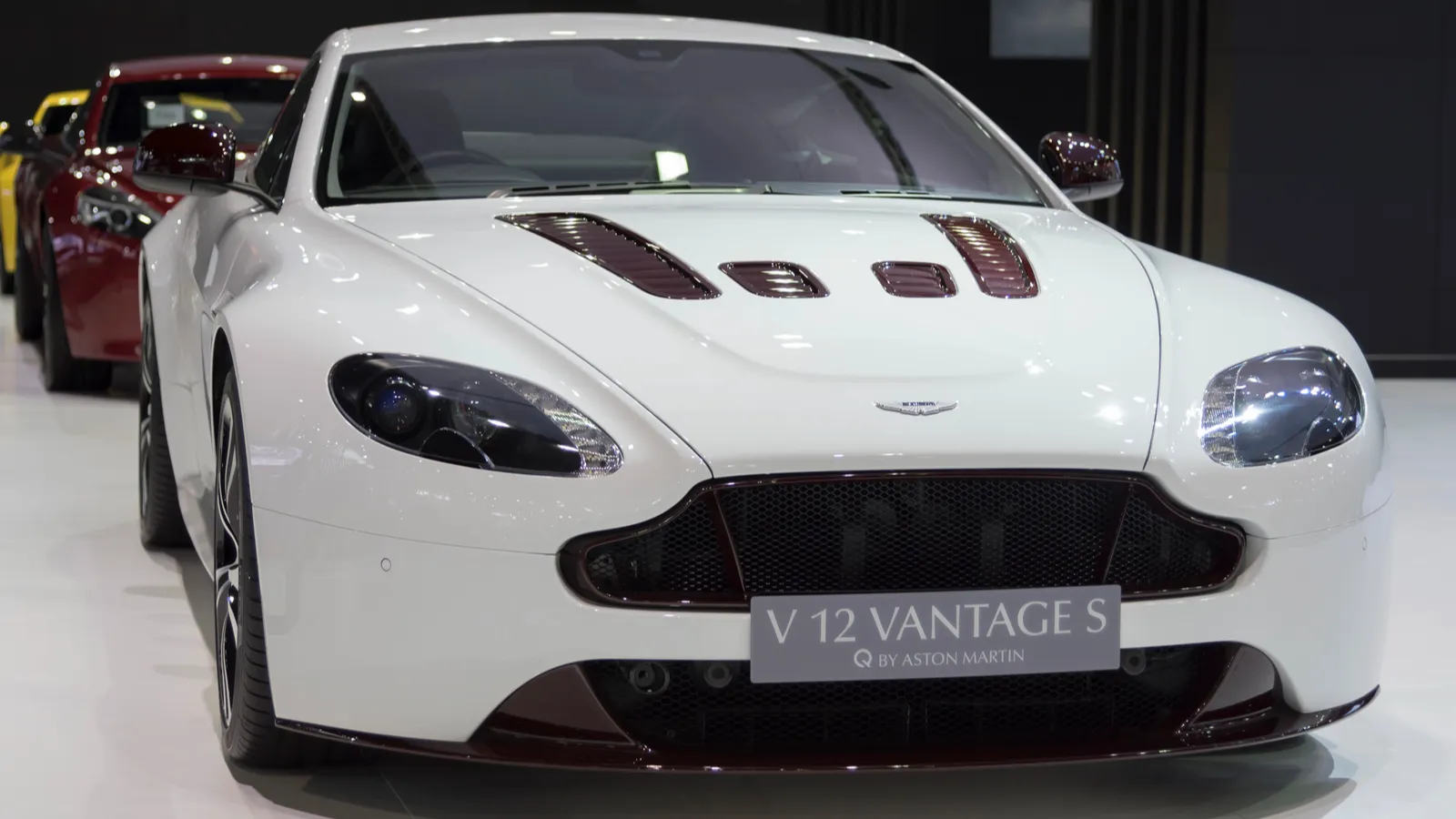
Aston Martin One-77 – The V12 to End All V12s
Only 77 were built, and the One-77 combined elegance with terrifying power.
Launched in 2009, the Aston Martin One-77 housed a 7.3-liter naturally aspirated V12, the most powerful, producing 750 horsepower and delivering 0–60 in 3.5 seconds.
Its chassis used carbon-fiber monocoque construction, while the body panels were hand-formed aluminum. The interior dripped with bespoke materials and craftsmanship. More than just exclusive, the One-77 proved that Aston Martin could compete at the highest echelon of performance and luxury.
